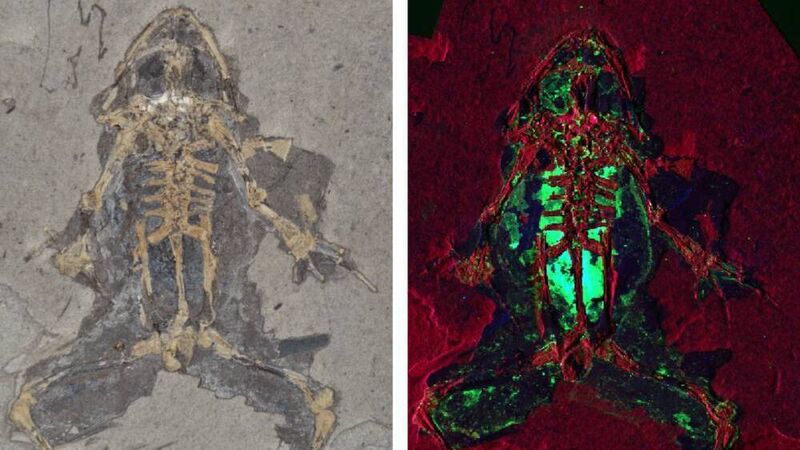We may finally be able to tell what colour dinosaurs were after UCC scientists discover a new way to reconstruct what extinct animals looked like

A 10 million-year-old fossil frog from Libros, Spain and X-ray map showing elevated levels of copper and zinc in the internal organs.

Many recent studies of fossil colour have assumed fossilised granules of melanin —melanosomes — come from the skin. But new evidence shows that other tissues — such as the liver, lungs, and spleen — can also contain melanosomes, suggesting that fossil melanosomes may not provide information on fossil colour.







 App?
App?





